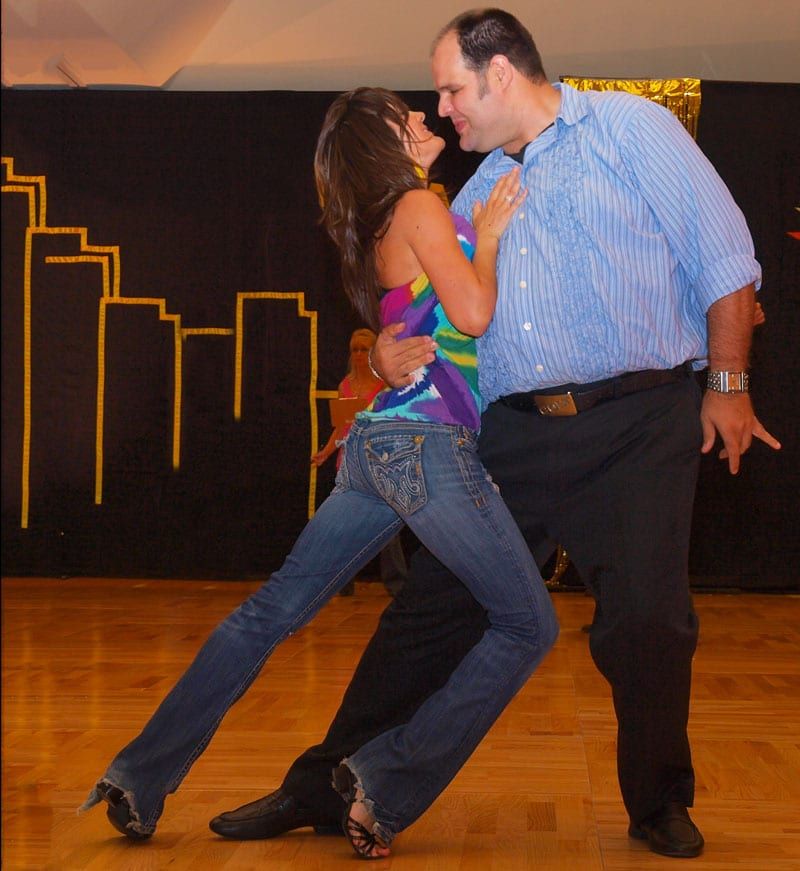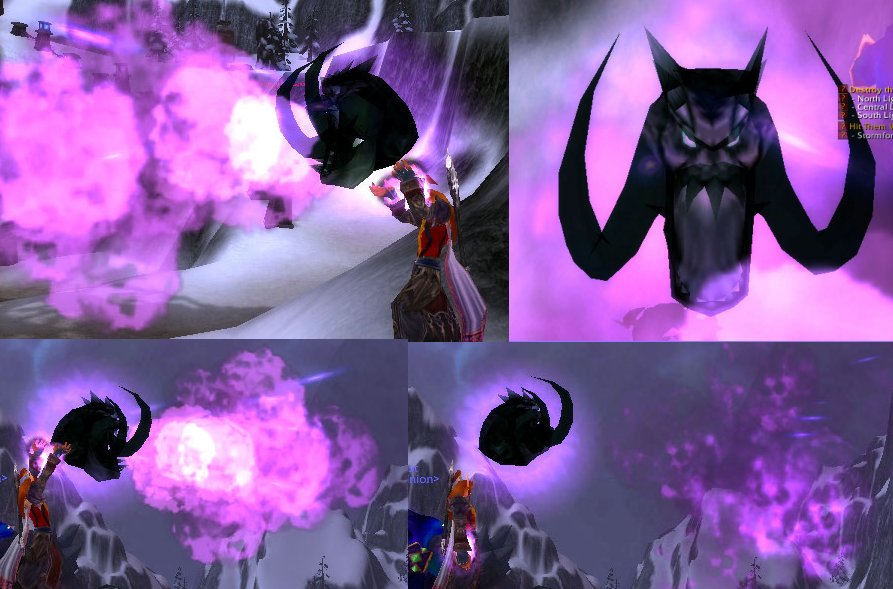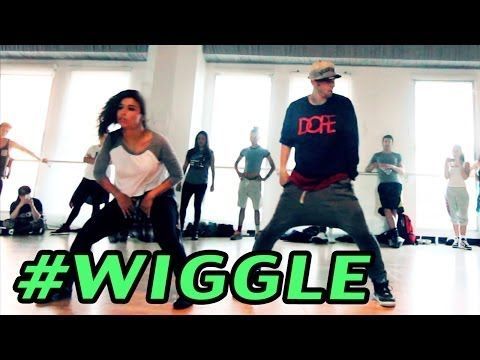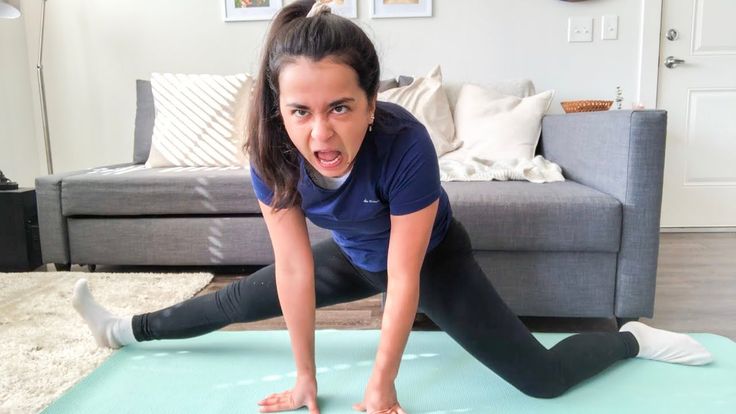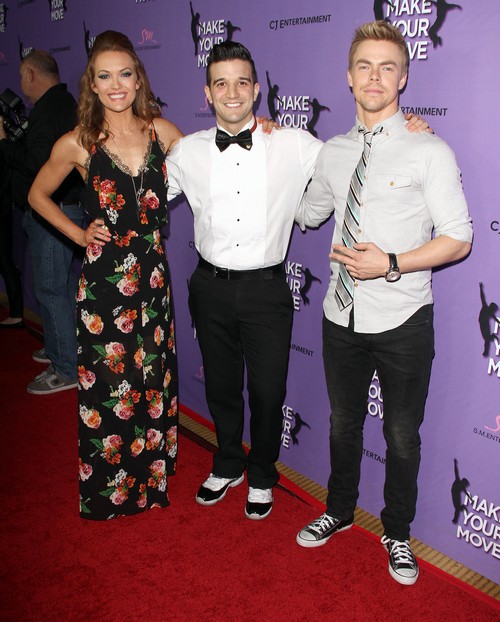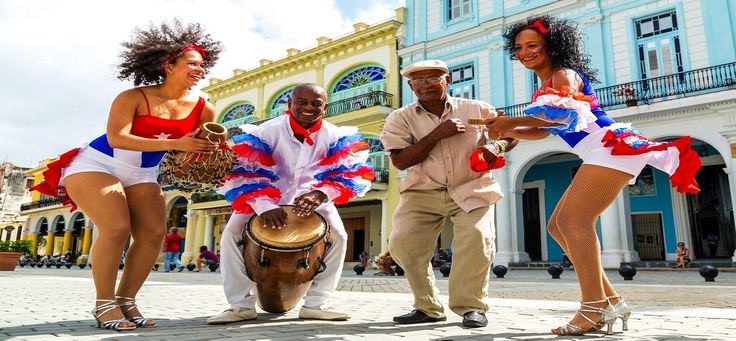How to be your dance teachers favorite
31 Things Your Dance Teacher Wants to See You Do
Whether you are a Social Dancer or a Competitive Dancer, you've got a teacher, and they have hopes and dreams that you'll do some of the things listed below. So read on and maybe with a little extra effort you can make your dance teacher cry happy tears on your next lesson.
31 Things Your Dance Teacher Wants to See You Do
1. Keep Your Elbows UpYour elbows in your dance frame should never resemble a middle seat on an economy airline. Business class, First Class, and never econo-smashed class if you want to impress your teacher.
2. Try a Dance RoutineYou may or may not have an allergic reaction to the word "routine", but how about a different word - "script". Yes, to develop smooth transitions and effortless looking movement a (sorry) dance routine, performance optional, is the perfect way to ingrain those skills into your muscle memory. Oh, and working on that (ahem) "script" is a great way to make that routine allergy go away.
Willy Wonka and the Chocolate Factory was as much a tale about chocolate as it was a tale about the power of a gracious, un-entitled attitude. A dance studio can be our chocolate factory, and your teacher wants more Charlies and fewer Veruca Salts.
4. Close Your FeetThis is the dance instructor equivalent of a parent saying "clean your room". So, if you do it when they ask, expect them to cry tears of joy.
5. Try the WaltzIt may not be as sexy as the Bachata, as spicy as the Salsa, or as mysterious as the Tango, but learning to Waltz not only teaches you an iconic dance, but develops posture and poise for all the other dances you enjoy.
6. Avoid Unfair ComparisonsThink of that first time you walked into a gym and compared yourself to every fitness freak you saw. It would be easy to feel demotivated to get in shape if you felt surrounded by six pack abs in yoga pants. In dancing, it's the same thing. We can make unfair dance comparisons that sap our motivation. Avoiding them is easy when you focus on the previous, present, and future versions of you.
It would be easy to feel demotivated to get in shape if you felt surrounded by six pack abs in yoga pants. In dancing, it's the same thing. We can make unfair dance comparisons that sap our motivation. Avoiding them is easy when you focus on the previous, present, and future versions of you.
OK, so this would be the equivalent of voluntarily eating your vegetables at dinnertime as a kid. "Could I have some more broccoli Mom, oh and l prefer it raw so as to not lose any nutrients."
The shock and awe of such a statement could be matched only by the student who asks their instructor if they could spend more time refining their basics.
8. Let the Teacher Do the TeachingIf you are taking lessons as a couple, your teacher can be a relationship coach, but they shouldn't have to be a dance argument referee. Making some agreements as a dance couple ahead of time can help fulfill this request, and keep your lessons exciting and productive.
Sure, at some clubs people don't actually ask other people to dance and, instead, choose to shake, grind, and twerk their business in the personal space of others - but your dance teacher would prefer that you utilize great Ballroom Dance Etiquette instead.
10. Never Ever Say This One Thing"Why didn't you teach this to me before?" to a teacher is like one of the deadly curses from a Harry Potter movie. Some teacher may actually look like they are dying when they hear it. This occurs when there is a breakthrough immediately followed by, what we like to call, "process amnesia".
Not saying this means that you are aware that the skill or step is a part of a process. That developing it is more like Chess than Checkers, and it took the layers you worked on to achieve this result.
11. Share Your Experience
A referral is the greatest compliment you can pay to the studio you take lessons in. If you are wondering what kind of gift you can give to your teacher, give them the gift of a guest referral and watch their face light up.
If you are wondering what kind of gift you can give to your teacher, give them the gift of a guest referral and watch their face light up.
Your level of note taking can go from "digital casual" with the notes function on your phone, all the way to "sacred manuscript" that looks something like the ballroom dancing version of Dr. Jones' Grail Diary. Either way you go about it, a simple dance notebook is far better than leaving it all up to that incredibly busy, and constantly distracted, hard drive you call a brain.
13. Set Up Your CalendarNo one loves high stress deadlines, especially when it involves your stress reducing dance hobby. The solution - a dance calendar. Just like note taking this can be done digitally or with your favorite Cat of the Month calendar. The sooner you lay out the events, the sooner you and your teacher can deploy a strategy for them.
14. Remember the ProcessAmateur or professional, every dance student will go through a Curve of Learning.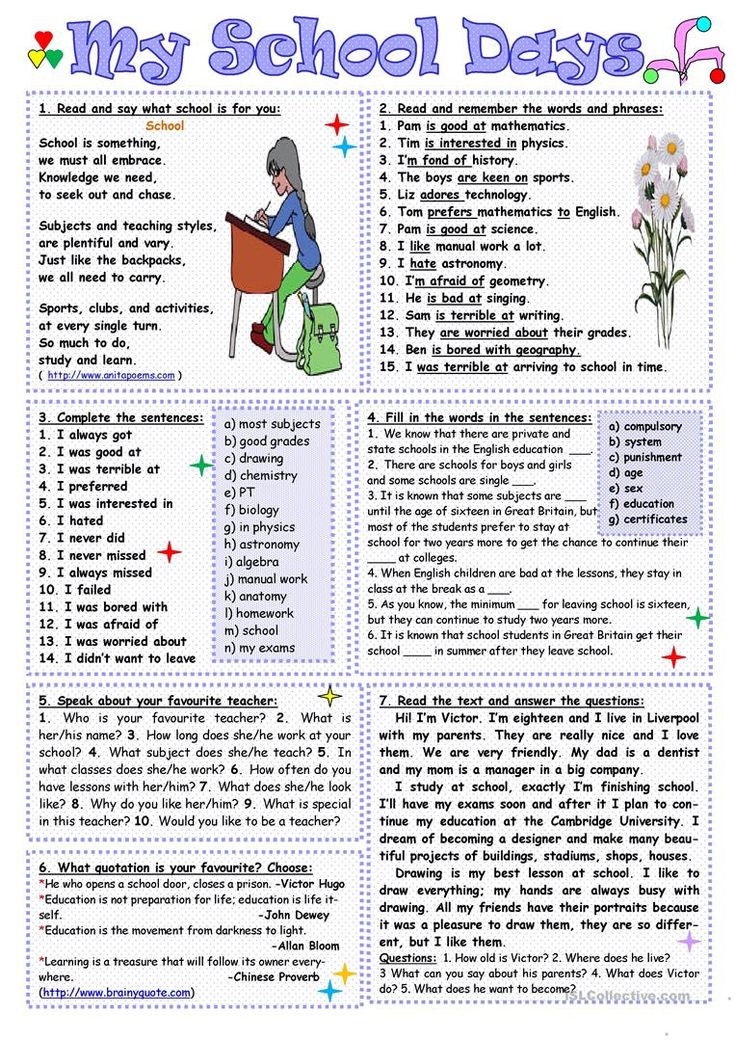 Dancing is a skill, and like any skill, there won't always be instant results. This doesn't mean that the process has to be horrible, complicated, or horribly complicated.
Dancing is a skill, and like any skill, there won't always be instant results. This doesn't mean that the process has to be horrible, complicated, or horribly complicated.
15. Work With a Coach
A lesson with a Dance Consultant, also known as a "Coaching Lesson", may be new for some, but will absolutely unlock new and uncharted areas of your dance ability.
16. Graduate!Let's face it, it's pretty normal to be the last one to notice your own dance progress. With that can come some negative assessments that may not be warranted. Graduating in your dance program is proof of progress, pure and simple. Your teacher wants you to graduate, even if it's just so you cut yourself some slack.
17. Show Up ReadyMost people enter the oasis of dancing from a blizzard of work, traffic, or personal stress. That usually involves 10 to 15 minutes for your brain to depressurize and get into dance mode. Unless, however, you can arrive 10 to 15 minutes early. This allows you to do some pre-lesson preparation, take a deep breath, and start your lesson in a zen-like state.
Unless, however, you can arrive 10 to 15 minutes early. This allows you to do some pre-lesson preparation, take a deep breath, and start your lesson in a zen-like state.
Your instructor would rather laugh with someone who is struggling, than work with a skilled dancer who loathes the process. Smiling, laughing, and engaged communication are like currency for teachers.
19. Pay It ForwardAt some point you were the newest of the new students. You're not anymore. Someone in your journey along the way made you feel like you were capable of learning, and encouraged you. Now it's time for you to do the same thing for someone else.
20. Stay Open MindedThere will be plenty of moments along your dance journey where your comfort zone will be challenged. Ballroom dancing has a way of putting your status quo under constant renovation, and it's easy get closed minded to that level of change. Your teacher wants you to stay open minded. They have your best interests in mind, and anything they suggest is designed to amplify your progress.
Your teacher wants you to stay open minded. They have your best interests in mind, and anything they suggest is designed to amplify your progress.
It may seem like a given, but talking while dancing is the most essential element to Social Dancing. It is also something that, believe it or not, takes a little practice.
22. Quit Believing Non-BelieversFrom time to time you may have some non-dancing naysayers that may question your decision to pursue dancing. Depending on how new you are, or your relationship to them - their words may strike a chord with you that can throw off the joy and momentum of your dance program.
Your teacher wants you to filter those negative voices out because the most important person on your dance journey is you.
23. Eliminate Conspiracy TheoriesCompetitive Dancers can sometimes be the most susceptible to Dance Conspiracy Theories. "Why didn't I win?" and "That judge just must not like my costume" can, unfortunately, mask a dancer's actual progress. Rather than focus on speculation, we recommend reading: 31 Things Dance Judges Want to See You Do.
"Why didn't I win?" and "That judge just must not like my costume" can, unfortunately, mask a dancer's actual progress. Rather than focus on speculation, we recommend reading: 31 Things Dance Judges Want to See You Do.
Until dancers understand that they have to compete against the best version of themselves, then elaborate conspiracies will always be an option.
24. Utilize the Group Classes
Note that the heading says "utilize" and not "replace everything with". Your dance program is built off of The Arthur Murray Unit system: Privates, Groups, and Practice Parties. Using group classes between your private lessons preserves the dance data stored in your muscle memory.
25. Use Practice Parties for Good (Not Evil)Your teachers, essentially, live at their dance studio. So anytime there's a practice party, you're dancing in their living room. Advanced students should utilize the practice party to refine their leading and following, but not to complain or condemn new dancers.
In Ballroom Dancing you're either leading or following. That's your job description. It's like Offense and Defense, Shipping and Receiving, or Peanut Butter and Jelly. The more you dive into the details to make your role work, the more likely you'll see your instructor shed a single tear of joy.
27. Never LeaveOkay, so maybe this is a bit possessive, but your dance instructor never wants to see you leave. Teachers, in any venue, are built to see the potential in their students. They see what they will become, and aren't distracted by where they currently are. No matter how dancing may be feeling, your teacher sees your potential.
They don't want to see you to leave. In fact, they would rather have you tell them what is missing from the lessons, and how they can improve it, than to have one of their students disappear.
28. Have Great FootworkWhatever is closest to the ground is the most important detail in dancing. So, since your feet are the only things actually touching the ground - then good use of the feet is pretty darn important.
So, since your feet are the only things actually touching the ground - then good use of the feet is pretty darn important.
If you were reading a book, but only picked it up once a week, it would be tough to finish it. Recommending that same book would be unlikely, and you can forget any positive reviews of the book on Amazon. Well, that book is your dance development, your teacher is the author, and the sooner you can get through the first few chapters, the sooner stuff starts making sense.
30. Skip the VideosYour dance journey is like a novel that your teachers are writing. Wherever you leave off at the end of your lessons, you teachers want to be able to pick up from there. Going home and watching dance videos, for example, can augment the timeline and rush an intended result that needed more time and individual training. When in doubt, check with your teacher to avoid derailing a process you're on.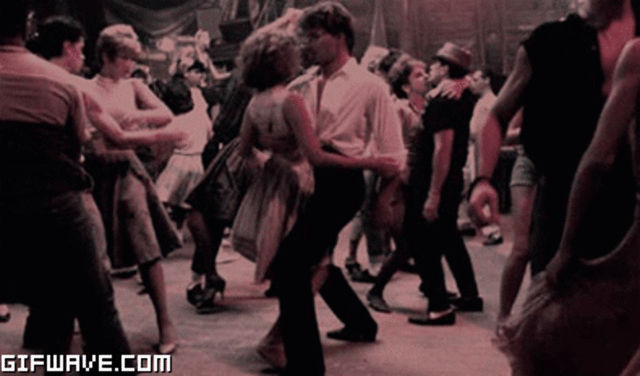
Your teacher wants you to never forget the tipping point that made you walk through the door for your very first lesson. That person whose heart was beating out of their chest, who was so vulnerable to tossing the whole idea aside, and who took a leap of faith to give dance lessons a try - regardless of the dance problems you may encounter today, that person could very easily have stayed home for that lessons, but didn't.
That's how you got here, and that's a big deal to your teacher.
Final ThoughtDance teachers can be pretty demanding, as evidenced by this list. Now consider the alternative - a teacher that demands nothing. You could have a teacher, that's really just a better dancer than you, and isn't really motivated to help you grow, doesn't expect much, and probably feels threatened if you happened to make progress.
So if anything on this list sounds a little familiar... congratulations, your feet are in great hands.
If you enjoyed this article, we would love to include you as a subscriber. You'll receive one email, once a week, with all of our best dance advice.
| Build Your Social Dance Skills with These 21 Challenges | |
| The Beginner's Guide to Ballroom Dance Lessons | |
| What Happens When Your Dance Partner Quits? | |
| Salsa Dancing Questions Most People Are Afraid to Ask | |
| Dance Partners Straight Out of Horror Movies | |
| The 2016 Arthur Murray All Star Championship Results |
6 Tips For New Dance Teachers
Interested in becoming a dance teacher? Just starting out with instructing your first dance class? You're probably a mixture of nervousness and excitement. No longer will you be responsible for just your performance. You have an entire team looking up to you for wisdom and guidance. To help you put your best foot forward in this new endeavor, here are a few critical steps to follow -- so you can be the best teacher possible:
To help you put your best foot forward in this new endeavor, here are a few critical steps to follow -- so you can be the best teacher possible:
Tip #1: Keep Learning
You're the teacher now. But that doesn't mean you should stop learning. Before you step foot into your new studio, get all the dance teacher training and support you can. Watch other people teach. If you can't do so in person, go online and watch videos. In addition, attend seminars and read books that can help you learn valuable teaching strategies. During this process, some other tips to consider include:
- Have a problem solving plan in place. It's important to have an overall grasp of effective teaching methods, but also how you will overcome challenges in your class. For instance, not every dancer is created equal. You have to be prepared for students in your class who seem to hit the same roadblocks again and again. How will advise them on how to improve?
- Think back over your dance career.
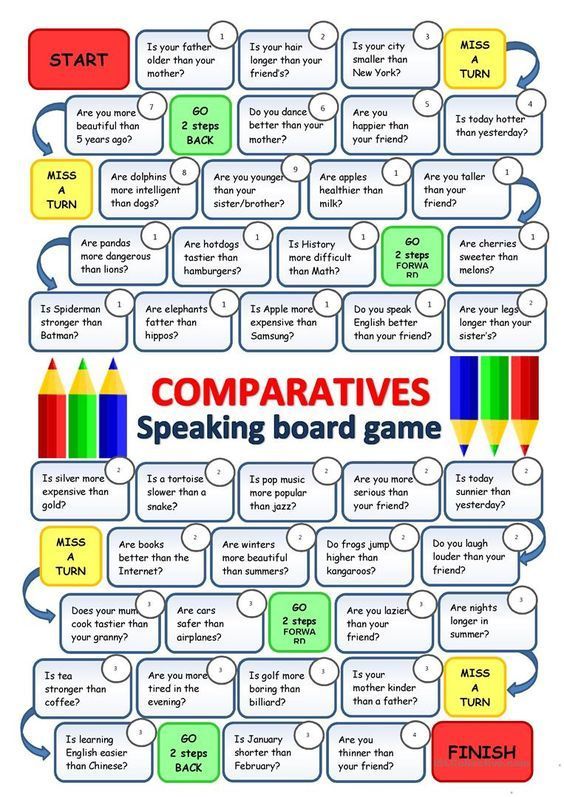 Which teachers had the biggest impact on you? How did they go about teaching their class?
Which teachers had the biggest impact on you? How did they go about teaching their class? - Keep learning as a dancer. Beyond boosting your teaching skills, it's also important to continue learning as a dancer, as well. After all, if some of your skills aren't up to par, how are you going to help your students improve in those areas?
Tip #2: Be Mindful of How You Offer Feedback
A big part of a dancer's life is getting feedback, in the form of constructive criticism. The best teachers know how to use feedback to correct and motivate their students. Unfortunately, so much of what is said in the studio can tend to be negative. But this simply makes dancers feel like they've failed.
Instead, use a gentler approach with statements like "I suggest you do this..." or "That was better, but next time try this..." When you take that approach, you're not simply offering criticism, you're giving your students a path toward improvement.
It's also important to remember that not every student in your class wants to be a professional dancer.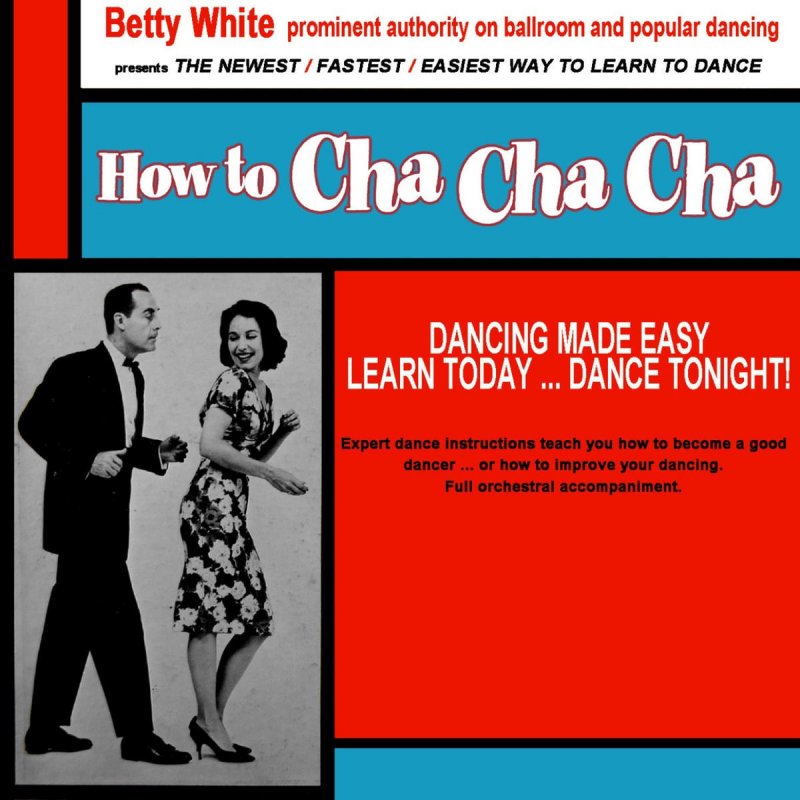 Many are there out of simple enjoyment. So your goal with them is to help them reach their personal potential and develop into healthy human beings.
Many are there out of simple enjoyment. So your goal with them is to help them reach their personal potential and develop into healthy human beings.
Tip #3: Don't Be Afraid of Making Mistakes
You're going to make mistakes along the way. That's simply part of the teaching journey. While you'd love to walk into your first class and be a star teacher from the start, the reality is that the best teachers in the profession got there through plenty of trial and error.
So don't be afraid to try new ideas and different ways of teaching throughout your first few weeks and months on the job. You'll notice that some methods are effective and some simply aren't. Take time to evaluate each and why it is or isn't working. There are literally endless ways to teach dance classes. And you have to the find the approach that best works for you. That's only possible through trial and error.
Tip #4: Ask for Feedback
Always keep in mind too that teaching is a learning process. You'll make mistakes, learn as you go, and slowly progress. One mistake that new teachers can make, though, is walking into the studio thinking they're superior to students. In reality, there's a lot you'll be learning from them. So it's important to approach your new role with an attitude of grace and humility, and also keep an open mind throughout the process.
You'll make mistakes, learn as you go, and slowly progress. One mistake that new teachers can make, though, is walking into the studio thinking they're superior to students. In reality, there's a lot you'll be learning from them. So it's important to approach your new role with an attitude of grace and humility, and also keep an open mind throughout the process.
If you're feeling really brave, you can also ask for feedback from your students. This can help you improve tremendously, whether you solicit input through written surveys at the end of class, online ones, or simply asking in person. If you're not quite ready for feedback from your students, ask an experienced dance teacher to sit in on one of your classes and offer you an evaluation and any key teaching tips.
Tip #5: Create Lesson Plans & Take Notes
Create lesson plans on every class, including the concepts and steps you plan to go through, as well as any ideas you'd like to incorporate. You might not get to everything in one class, so it's important to have thoughts written down so you remember for the next class.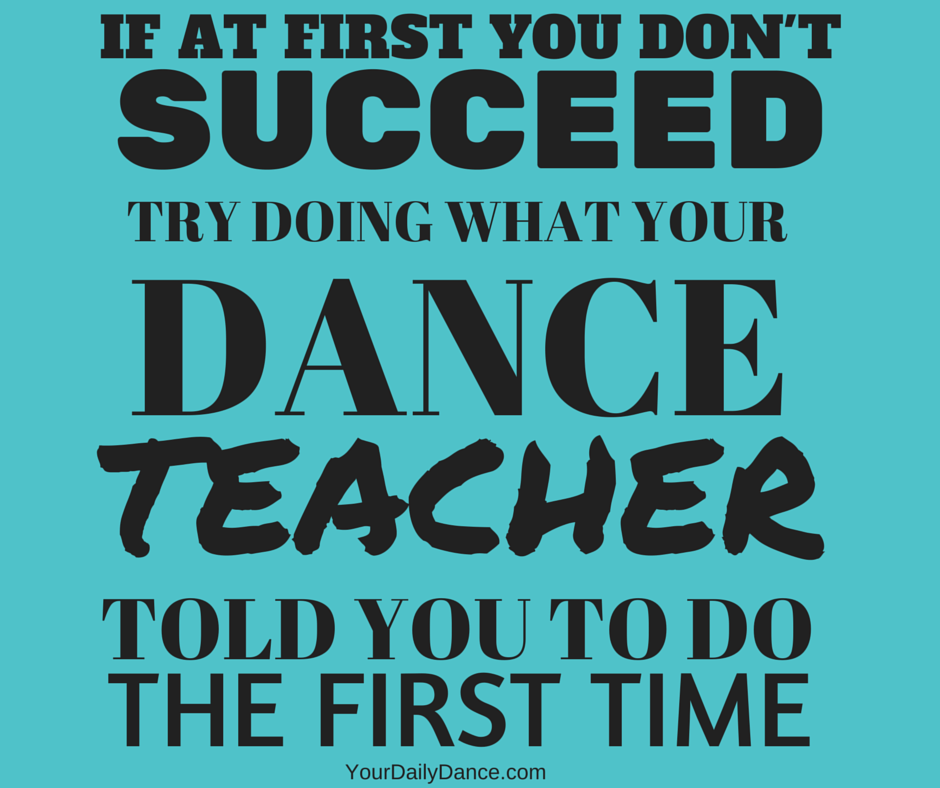
It's also important to update your notes after every class, including how each student is faring. What types of tips and correction did you offer them? Did it work? If not, what's your next course of action?
Tip #6: Choosing Dance Team Costumes
You've got your lesson plan and teaching techniques nailed down. But what about your first dance team costume? This can seem like a secondary area to consider, but there can be a lot of drama involved if you don't take the right approach -- which is why it's important to think about this early on.
The costume you do choose should express the themes of the performance, while standing out on stage. They also need to withstand repeated performances, as well as be comfortable to wear. It's certainly a tall order -- which is why you need to approach your selection with care.
At Just for Kix, we can help you with the process. We offer all the practice wear, competition outfits, dance shoes, and accessories your dancers need to feel great and look their best in the studio and on the stage.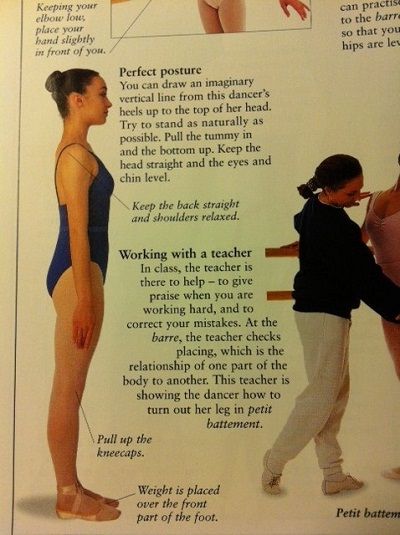 We carry all the exclusive dance brands with today's latest styles and trends. Whether you're teaching the littlest dancers, or adult ones, we can help you and your class get into the groove.
We carry all the exclusive dance brands with today's latest styles and trends. Whether you're teaching the littlest dancers, or adult ones, we can help you and your class get into the groove.
Beyond dancewear, we even provide all the dance teacher tools and resources needed to run a great dance program. From advertising to training and support, we can empower you and your dancers, so you both can achieve your dancing dreams.
Request a Just For Kix Catalog!
where to study, salary, pros and cons
Author: Professional Guide
Updated
Another name for dance teacher is a dance school teacher or dance studio teacher. It is clear that this is the name of specialists working in a specialized company. But a teacher or dance teacher can be called not only a dance studio teacher, but also a specialist of an educational institution where dances are studied along with other subjects.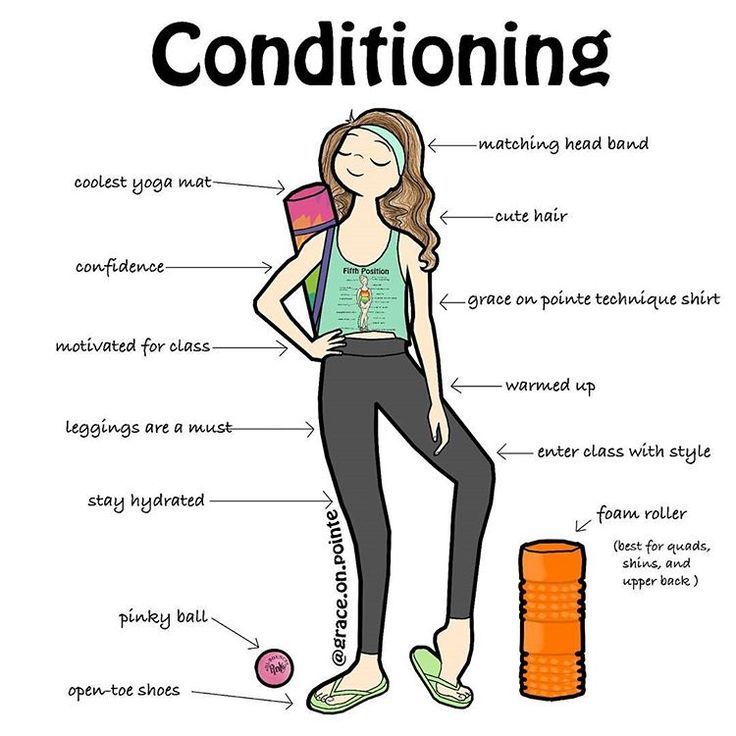 By the way, the ProfGid career guidance center has recently developed an accurate career guidance test that will tell you which professions suit you, give an opinion about your personality type and intelligence. The profession is suitable for those who are interested in physical education and singing, music (see. choosing a profession based on interest in school subjects).
By the way, the ProfGid career guidance center has recently developed an accurate career guidance test that will tell you which professions suit you, give an opinion about your personality type and intelligence. The profession is suitable for those who are interested in physical education and singing, music (see. choosing a profession based on interest in school subjects).
Content:
- Features of profession
- Workplace
- Dance teacher salary :
Peculiarities of the profession
Some teachers prefer to work with children, others prefer to work with adults, others can work with both. In any case, the task of a dance teacher is to teach their students to move, expressing themselves in dance. However, the higher the level of teaching, the wider the scope of the teacher's activity. It is also commonly believed that the higher the titles he won, the higher his value as a teacher. Also, he often acts as a choreographer: he puts dance numbers for his students when he prepares them to perform on stage.

The dance instructor may have a preference for a particular dance direction: Latin American, jazz, Irish, etc. For example, on his resume, he might write "Latin teacher" or "Jazz-modern dance teacher."
But that doesn't mean he can't do anything else. On the contrary, the profession of a dance teacher means constant learning and learning. As a spectator, he regularly goes to musicals, dance shows, competitions to watch the performances of his colleagues; attends dance workshops to learn something new for his teaching. Different dance and musical styles, teaching methods, eminent dancers and bright debutants - everything is interesting for a dance teacher.
The teacher-dancer tries himself in different genres, sometimes changes his preferences, expands his role. In a word, it is in creative search. Beauty, joy of movement and creativity are the formula that can describe this profession.
Of course, no person can perform on stage until old age. But while studying with students, the teacher maintains excellent physical shape for many years.

This is enough to be able not only to explain, but also to show the dance to his students. Even if performances and competitions are in the past, the dancer remains a dancer who knows and feels the dance from the inside.
Workplace
Dance teacher salary for December 2022
Salary information provided by hh.ru portal.
Russia 10000-75000₽
Moscow 40000-80000₽
A dance teacher can work in a dance school, studio, dance club, fitness center, comprehensive school, university, etc. Many teachers work simultaneously in different places, having time to perform and participate in dance championships. Also, a dance teacher can open his own dance school.
Read also:
Important Qualities
The profession of a dance teacher involves a love of dance, artistry, an ear for music, good physical health, goodwill, patience, leadership qualities, self-confidence and optimism. He should be a sociable person, able to pick up the key to a variety of students.

Knowledge and skills
A dance teacher must be able to dance - this is understandable. But he should also know well the dance directions in which he works, including their history. Be proficient in teaching methods, be able to plan your classes. In order for dancing not to harm the health of students, the teacher needs knowledge in the field of anatomy and physiology. He must be able to competently manage physical activity.
Where to study to become a dance teacher
Most often, dance teachers become dancers who have been trained in dance since childhood. But there are other examples when already adults, having taken a great interest in dancing, reach notable heights and become teachers. Already having dance training, you can learn new directions of dance. As experts say, you can master some kind of dance style in less than six months, having worked out at a dance school.
See also:
Examples of companies with vacancies for dance teachers
Pavlov
Author
Share
A vogue dance teacher tells how she got into dancing, how long it takes to start teaching, and how the case helped her turn a hobby into a job she loves.
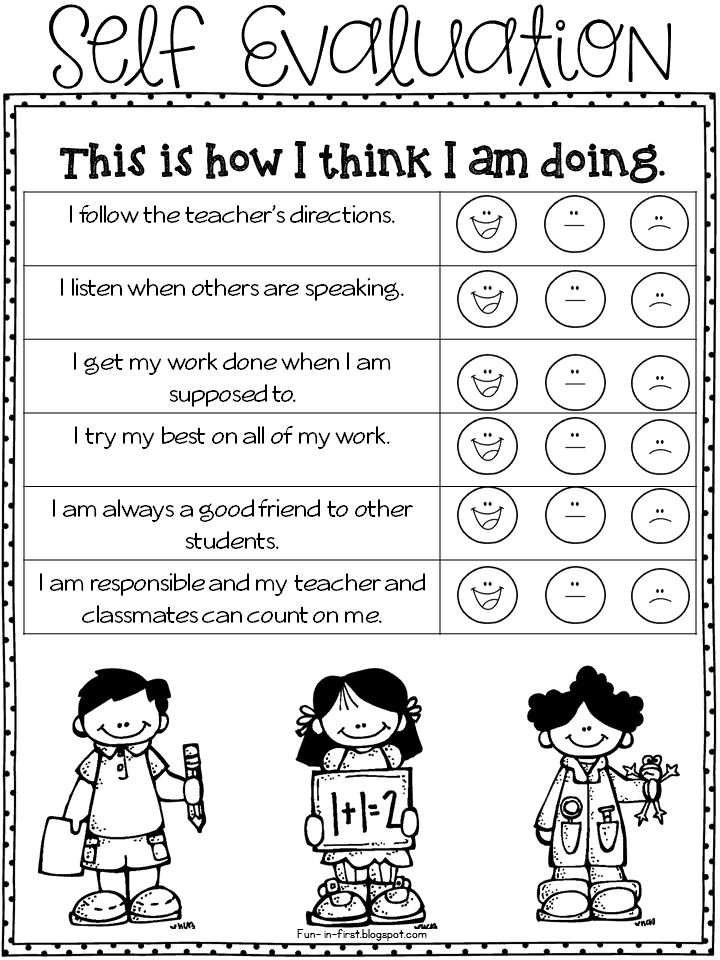
The ideal job and where it lives
Stories of people who are happy doing what they do
Polina
Dance teacher, St. Petersburg
I was born in Siberia, in Krasnoyarsk, where I spent all my childhood and youth. To be honest, I never had any particular dream profession. There were a lot of hobbies and hobbies, so every time there were new options for what business I would like to connect my life with. According to the classic scenario, in early childhood I wanted to become a veterinarian or go to work on a farm - I really loved animals. Then I started to draw and, accordingly, I wanted to become an artist. In the second grade, I entered a music school in the piano class and was firmly convinced that in the future I would go to study at the Krasnoyarsk Academy of Music and Theater, but by the last year of study, the desire had disappeared somewhere.
But there was a desire to form a rock band, because at the age of 11-12 I became very interested in British music.
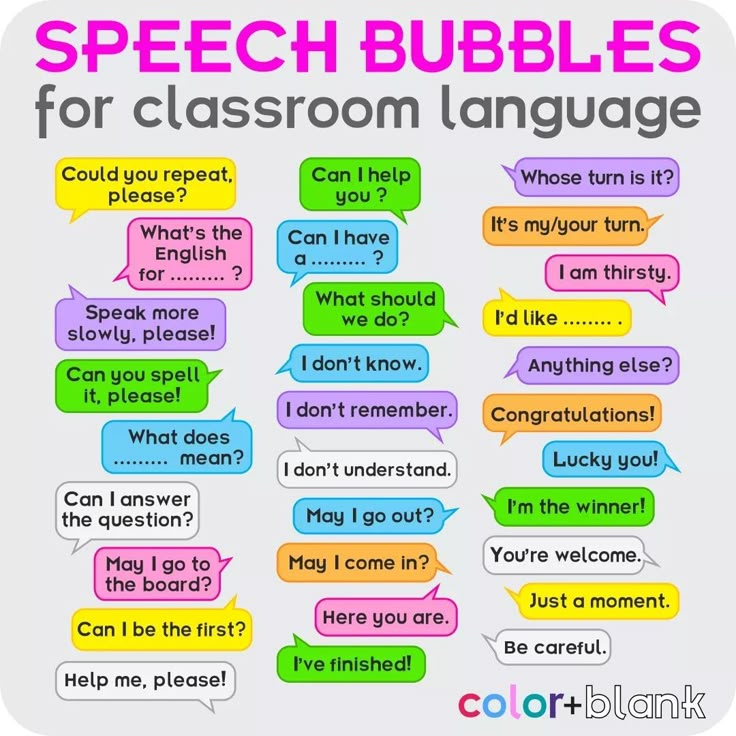 In general, it also did not grow together. By the way, I probably didn’t have any specific plan for my future profession until I was 22. In the 10th grade, I wanted to go to study as a clinical psychiatrist, but entering a medical institute seemed like a task on the verge of an unrealistic one. But psychiatry is still my area of interest. Back in the ninth grade, she began to study English in depth, even passed the Cambridge exam, but for some reason did not want to enter linguistics. In my senior year, I suddenly decided that it would be a great idea to act as a theater and film actress, although I had never been fond of this before. I started studying with an actor from the Krasnoyarsk Youth Theater, he helped me prepare for the entrance exams, and after graduating from school I flew to St. Petersburg, applied to several theater universities. Naturally, I didn’t go anywhere further than the third creative round, but it was still an interesting experience. She did not stay in St. Petersburg, she returned to her hometown to rethink life.
In general, it also did not grow together. By the way, I probably didn’t have any specific plan for my future profession until I was 22. In the 10th grade, I wanted to go to study as a clinical psychiatrist, but entering a medical institute seemed like a task on the verge of an unrealistic one. But psychiatry is still my area of interest. Back in the ninth grade, she began to study English in depth, even passed the Cambridge exam, but for some reason did not want to enter linguistics. In my senior year, I suddenly decided that it would be a great idea to act as a theater and film actress, although I had never been fond of this before. I started studying with an actor from the Krasnoyarsk Youth Theater, he helped me prepare for the entrance exams, and after graduating from school I flew to St. Petersburg, applied to several theater universities. Naturally, I didn’t go anywhere further than the third creative round, but it was still an interesting experience. She did not stay in St. Petersburg, she returned to her hometown to rethink life. The following year, she nevertheless entered, but this time at the Academy. Stieglitz at the Faculty of History and Theory of Arts. I can’t say that it was a completely meaningful decision, rather, I just went where they took me. Too much I wanted to escape to the big city, apparently. Actually, she studied there for four years, but never received a diploma. She left a month before the defense due to health problems.
The following year, she nevertheless entered, but this time at the Academy. Stieglitz at the Faculty of History and Theory of Arts. I can’t say that it was a completely meaningful decision, rather, I just went where they took me. Too much I wanted to escape to the big city, apparently. Actually, she studied there for four years, but never received a diploma. She left a month before the defense due to health problems. American dream with Izborsk gingerbread
I went to the village and started baking gingerbread
-
+
As you can see, the thought of connecting my life with dancing never even remotely occurred to me. My first acquaintance with this type of art happened at the end of 2017.
I found out on the Internet about the vogue style, which originated in the first half of the 20th century in Harlem in a rather narrow circle of the African-American LGBT community. Initially, it was a dance based on the poses peeped from the models from the photos of Vogue magazine.
 Like any other style, over time it grew and changed, transforming into a whole culture. More battles began to appear, the style became more popular and began to gradually go beyond the initially isolated circle. Vogue gained worldwide fame at 1990 thanks to Madonna and the song Vogue that came out that year. After performing at the 1990 MTV Awards, the whole world started talking about style. Naturally, vogue came to Russia much later and began to develop according to a different scenario due to the difference in historical background, but thanks to television and the Internet, it is now quite a popular destination. Initially, I just liked the way the dancers move, so I decided to try this style, but gradually I began to delve into the culture and fell in love with it completely.
Like any other style, over time it grew and changed, transforming into a whole culture. More battles began to appear, the style became more popular and began to gradually go beyond the initially isolated circle. Vogue gained worldwide fame at 1990 thanks to Madonna and the song Vogue that came out that year. After performing at the 1990 MTV Awards, the whole world started talking about style. Naturally, vogue came to Russia much later and began to develop according to a different scenario due to the difference in historical background, but thanks to television and the Internet, it is now quite a popular destination. Initially, I just liked the way the dancers move, so I decided to try this style, but gradually I began to delve into the culture and fell in love with it completely. It took me a long time to gather my courage, and finally I decided to sign up for a trial lesson. I liked it right away. I tried not to miss a single workout, went to master classes, came to practice on my own, spent five to eight hours a day in dance halls.
I even skipped uni for this. Re-prioritised, dancing came first, and maybe it wasn't quite right, but I'm glad it happened that way. We became close friends with my first wog teacher, now he is my best friend. True, he now lives in Ukraine. I am very grateful to him, because he gave me the opportunity to try my hand at teaching, put me on replacements when he left, sometimes offered to conduct small master classes. When, due to the pandemic, he had to return to Kharkov from St. Petersburg, he offered me to replace him. For about a month I taught classes as a shift worker, and in September 2020 I was invited to work on a permanent basis.
Tales from the editors, stories that got us hooked, useful and useless "lightning" messages - all in the Just Works TG-channel. Only you are missing.
Read
And for the last year and a half I have been working as a teacher at the dance studio S17. The school has grown a lot since I started there, and this is another reason why I am incredibly proud of my place of work.
 The point is not only that new halls have opened and the number of teachers has increased: the level of teaching and the requirements for both employees and students have also grown very much. I love our school with all my heart, I have not yet seen a cozier and more comfortable place to work.
The point is not only that new halls have opened and the number of teachers has increased: the level of teaching and the requirements for both employees and students have also grown very much. I love our school with all my heart, I have not yet seen a cozier and more comfortable place to work. I want to volunteer, where do I start?
Where to contact those who want to help nature and people
-
+
I usually arrive at work much earlier than my classes start - to work out on my own or come up with choreography for the lesson. I communicate with friends, sometimes I go to classes with my colleagues, most often for contemporary, stretching or acrobatics. Then I conduct my classes - now I have two adult groups with which I work on an ongoing basis, and twice a week I conduct acrobatics in children's groups. Soon I will start working with my children's team three times a week, and I also want to start a group of author's choreography on Saturdays and Sundays.
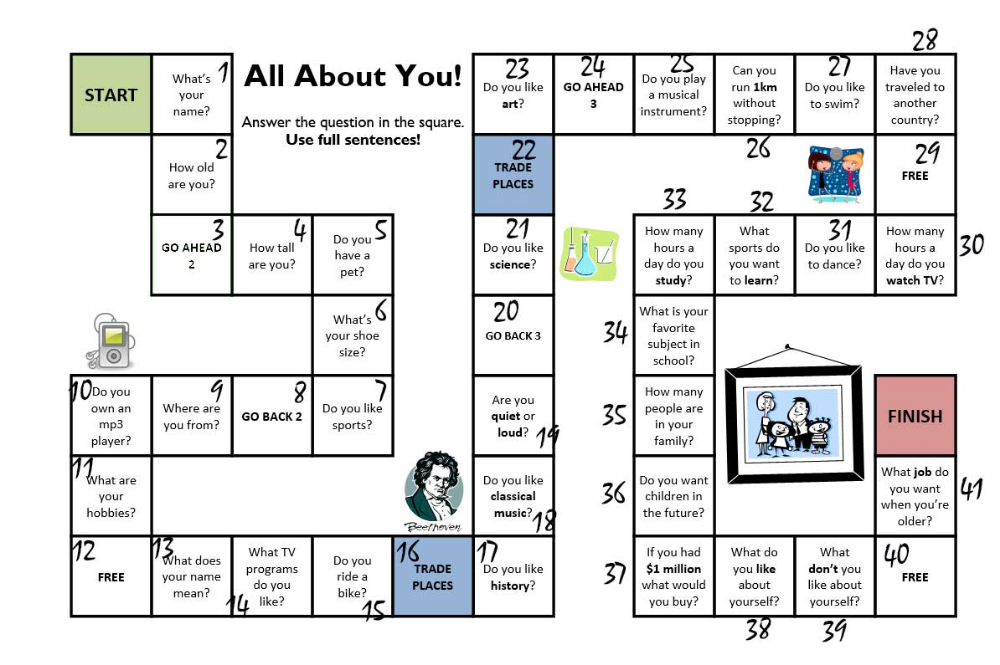 The schedule turns out to be quite tight, without days off, but in terms of the number of hours it turns out to be acceptable. I think it doesn't really matter when you're doing what you love.
The schedule turns out to be quite tight, without days off, but in terms of the number of hours it turns out to be acceptable. I think it doesn't really matter when you're doing what you love. -
+
Since vogue is primarily freestyle, my teaching goal is to teach improvisation. We study the basic elements and movements, work out the flow, and on the basis of this, the guys begin to dance on their own. I try to help them build the structure of the dance or going to battles correctly, to work out some psychological clamps. Dance is a great playground, here you can try on any images, try to be what you cannot be in ordinary life. Everyone will find a suitable image for themselves, in which you can feel comfortable, and it will look harmonious. I think that my subconscious desire to feel more confident also played an important role in choosing a style. Vogue cannot work without an audience, we always need to direct our energy to someone from the outside, so self-confidence is one of the main conditions for performing.
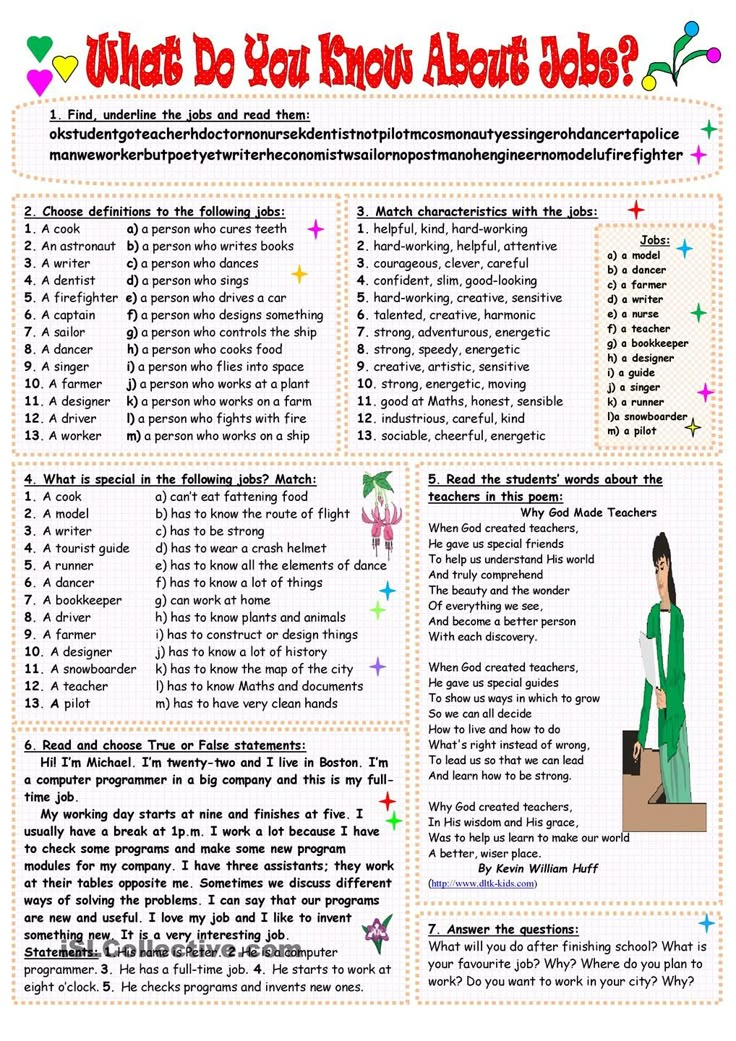
In general, I try to find an individual approach to each student. I consider mutual respect to be the main rule in working with students, without it, in principle, you can’t build any relationship. Therefore, it is also very important for me to feel comfortable at work, and I sincerely believe that I am very lucky with the team. I am friends with many of my colleagues, we all communicate well. I work with choreographers whom I respect and whose work I really like. It's very cool that I can learn from these people, learn from their experience not only as teachers, but also as dancers.
I can not objectively consider my work special, but for me personally it is exactly that. I would like to believe that I can really help people discover themselves and their potential, overcome some complexes or clamps, feel especially beautiful. Perhaps this can be called my mission.
-
+
Feedback from students is the most enjoyable part of the job.
 The feeling that everything is done for a reason and that at least a little I manage to help people feel good. An unpleasant moment is the non-observance of personal boundaries and the disrespectful attitude of students towards each other or towards teachers. Whenever possible, I always try to resolve such a situation, because it greatly affects not only me, but the whole group.
The feeling that everything is done for a reason and that at least a little I manage to help people feel good. An unpleasant moment is the non-observance of personal boundaries and the disrespectful attitude of students towards each other or towards teachers. Whenever possible, I always try to resolve such a situation, because it greatly affects not only me, but the whole group.
It seems to me that any person working in the creative field will sooner or later have to face the devaluation of their profession. For many people, a priori, creativity can only be a hobby, and is not even considered as a main job. Previously, relatives often asked when I was going to find a normal job, acquaintances asked what I would do when I got tired of dancing.
Of course, I also had to deal with professional burnout. When you work almost seven days a week, this is probably inevitable. I just try to spend more time at home, and after I gain strength, I start going to classes with other choreographers, I draw inspiration from them and recharge my working mood.

